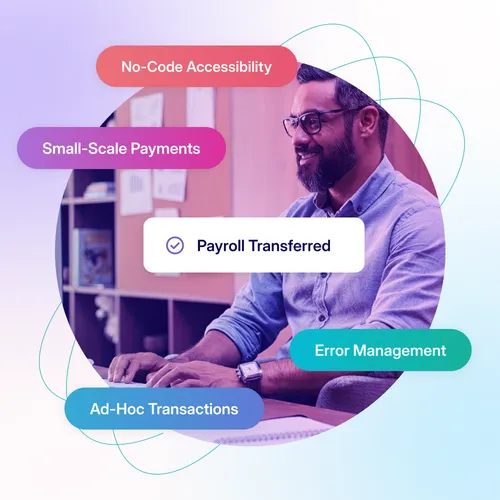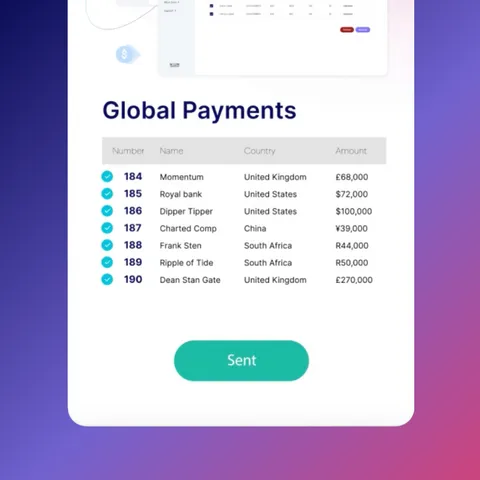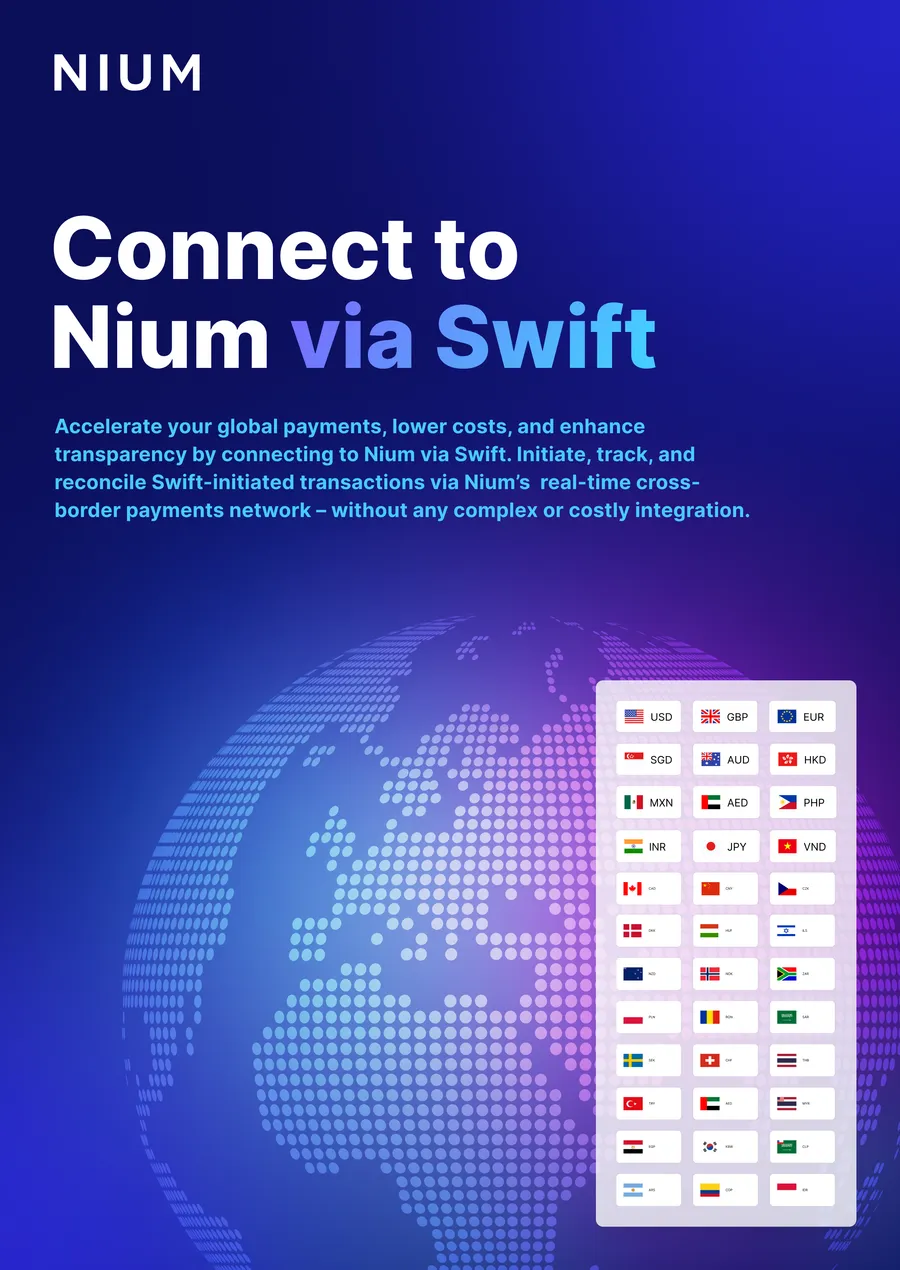Over the last decade it’s become apparent that the mid-market is an important growth driver of the global business payments market. Medium-sized companies – with a value between $50 million and $1 billion – are engaging in more business to business (B2B) commerce than ever before, and their needs and expectations have begun to reshape the B2B landscape, bringing new platforms and services into existence across the globe.
Mid-sized companies increasingly expect real-time payments
It’s clear that mid-sized companies want fast transfers, but not at the cost of driving up costs. Traditional payments methods are both slow, take several days (and even weeks) to complete, and also necessitate paying fees that drove up the expense of transferring money. Over time this adds up, and over a third of mid-sized companies have cited the high cost of making payments as a major obstacle to business.
This has contributed to problems with liquidity; surveys show that many mid-sized companies frequently have to wait to receive payments, with 57% of the US payments in 2020 collected late, including 17% delayed by over one month. These slow-moving payments are often a major pain-point, causing problems with cashflow and forecasting for companies which can ill-afford that kind of disruption.
Mid-sized companies are therefore understandably excited about the possibilities of real-time payments, which can shorten settlement times and offer much greater control and flexibility over their finances. It’s no surprise that 56% of mid-sized businesses predict that access to real-time payments would boost to their revenues. .
Ease of use and access is also growing in importance as Millennials, who have grown up as digital natives, become an ever-larger proportion of the B2B payment market their expectations will drive developments more than ever before. In this case, that’s likely to include a sustained move towards personalised digital services, comparable to other online portals that they are used to operating.
Growth of mid-size businesses has led to a general increase in international B2B trading
Mid-sized B2B trading is already worth $6.6 trillion in the US, but this forms only a part of a much bigger international trade, estimated to reach ~$150 trillion by the end of 2022.
This rise is underpinned by increasing levels of global economic inter-connection, as digital innovations have made it easier to do business without running into the barriers that historically have restricted cross-border trading. Traditional methods often had substantial pain points, such as regulatory obstacles that routinely caused inconveniently long settlement periods that ate into businesses’ cashflow. Disruptive new services and platforms are beginning to change that, offering a variety of tools including payment corridors that can deliver faster and less expensive payments.
As these obstacles have been overcome, cross-border trading is now growing at a pace of 5% per year globally, with an even higher rate within emerging markets such as Latin America, Africa and Asia.
The boom in digital innovation is making payments more accessible
A big share of the mid-size B2b payments market is underpinned by digital innovation that lets platforms reduce the barriers to fast, seamless payments. The versatility of digital platforms typically permits both speedy onboarding for new customers, and a fast, nimble response to developing customer needs – removing the lengthy waits for problem-resolution that can characterise traditional platforms.
Digital payments also offer the opportunity to gain an advantage over competitors by making canny use of the data that’s generated by every payment. By applying machine-learning to this information, mid-level businesses can derive a source of valuable information about their payments, including over-arching patterns and trends. This process can be fine-tuned by the deployment of application programming interface (APIs) that can quickly and effectively integrate with the rest of a company’s software portfolio. By linking payments directly to accounting and payroll software, businesses will gain a much larger degree of insight into their cashflow, accounting and business strategy than can be offered by old-style payment systems.
Automation is also increasingly a feature of digital payment platforms, allowing them to speed up processes that currently delay payments, such as identity verification and fraud checks, without compromising security. This represents a particular difference when compared to traditional banking systems, which traditionally used time-consuming manual processes for security, which constituted a major cause of delayed payments.
Fintech are arriving to offer alternative services to mid-sized firms
Traditional banks didn’t necessarily meet the B2B needs of mid-sized companies, instead attempting to shoehorn them into legacy systems that could not offer optimal payment experiences to their clients. This neglect of a growing market sector has helped to spawn a wave of digital alternatives, that aim to cater in a more targeted fashion to the individual granular needs of mid-sized companies.
These new-age challengers realise that a lot their success will depend on meeting the needs of their mid-sized business customers, and so they are much more flexible and responsive to those individual requirements. By assertively equipping themselves with real-time payments capabilities, automation, APIs and comprehensive network of payment corridors they can deliver a much more seamless payment system that’s both speedy and straightforward to operate.
Mid-sized businesses will continue to drive B2B payment growth
Current indications are that the next decade will see a sustained growth of mid-market B2B payments, as the trends outlined above continue to play out. This rise will be fuelled by the range of new digital alternatives that have arisen in response to the growing market. By offering the services that traditional systems have neglected, these innovators will make B2B payments faster, cheaper and more rewarding. Access to these improved payments will in turn allow medium-sized companies to achieve maximum success and grow to meet their full business potential.




.png@webp)



.png@webp)




